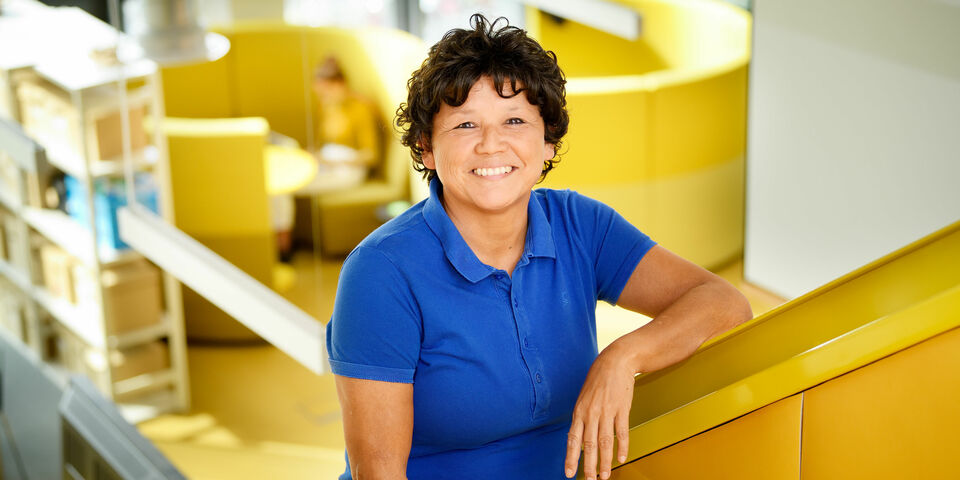Dreams are no lie
What are your dreams, as you start out at Industrial Design? What sort of engineer do you want to become? Who is in charge of your study program? You are! This is what we tell our first-year students in their first week. It is how we set the tone: seize the freedom and the responsibility you have to work on shaping your future!
On the whole this challenge meets with a positive reception among our brand new students. Although not everyone manages to adapt quickly to their newly acquired autonomy.
Nevertheless, in my coaching I like to continue emphasizing self-guided learning. It helps students to make strides in their personal development. When a student is agonizing over which elective would be the best choice, I tell them that I don't have the answer. At the same time, I tell them that they can use their first year to test the waters, explore the various options available to them. So my suggestion to them is this: ‘Give it a go and later on reflect on your choices’.
When students are a little further along in their program and still having trouble deciding which path appeals to them, I give them questions and assignments that may help them discover their passion. ‘What am I actually hoping to achieve by doing this degree? What would my ideal job look like? What kind of setting do I see myself working in? What skills and abilities do I want to use? What is it about this goal that makes it important to me? Does it suit my vision and my passion?’
When they take a moment to step out of the here and now to visualize their future, they broaden their horizons. Often, in our follow-up discussion, it turns out that these questions were such powerful triggers that the student has already started taking action on a number of fronts.
Sometimes I tell the story of Walt Disney's way of working that helped him build his empire. It is said that he had a strategy that involved using three rooms. In the first room he gave his fantasy free rein; he visualized the project in hand and took the time to discover all the benefits his new project could bring. In the second room he thought about how he could make his plans happen and he concentrated in particular on the people and materials he would need. In the third room he focused on what could go wrong and this gave him the chance to test his ideas. He repeated this cycle several times until he was satisfied and could start his project.
Why do I tell students this story? Not because they should all become the next Disney or Elon Musk! No, it is because I want to make clear that you can achieve so much with the power of imagination. By dreaming about possibilities you create space for yourself and the most wonderful ideas can bubble up; including ideas about your future. It can help the student figure out what they need for the change they want to make. What's more, it is an enjoyable brainstorming technique that students can also apply in the project itself. Each member of the group can adopt one of the positions, so that the various perspectives are represented in the appropriate proportion and tunnel vision is avoided.
Where other issues involving personal development are concerned, I also advise students to use the power of imagination. When a student imagines his or her ideal situation, this often conjures up a pleasant, relaxed feeling. I'm not saying, of course, that every problem disappears like snow before the sun, but it is a start. By using his or her imagination, the student has felt that the personal goal is achievable. This is a big step forward, even though the student is still at the start of the personal change process.
So, what's my motto? Dream big!


Discussion